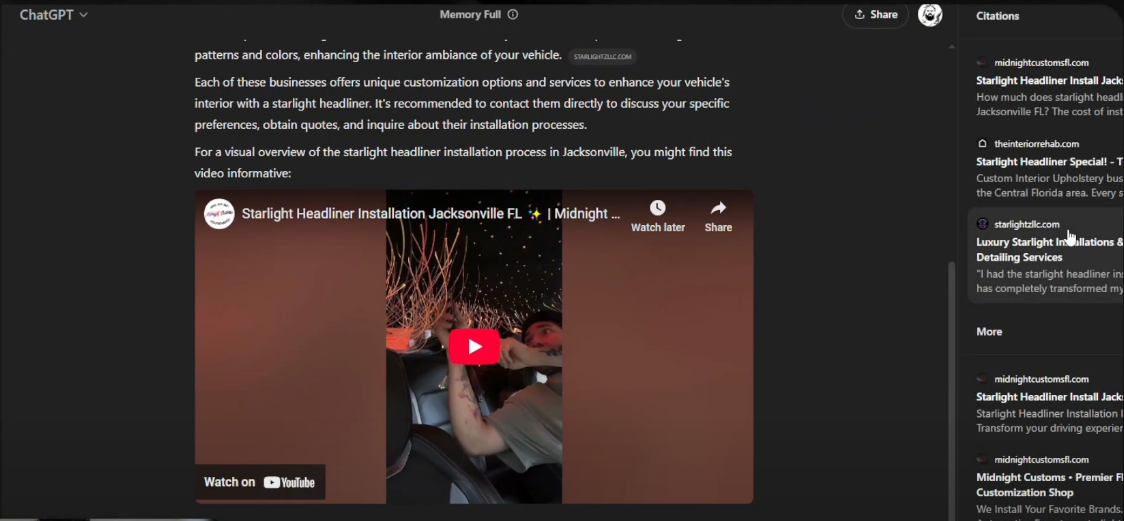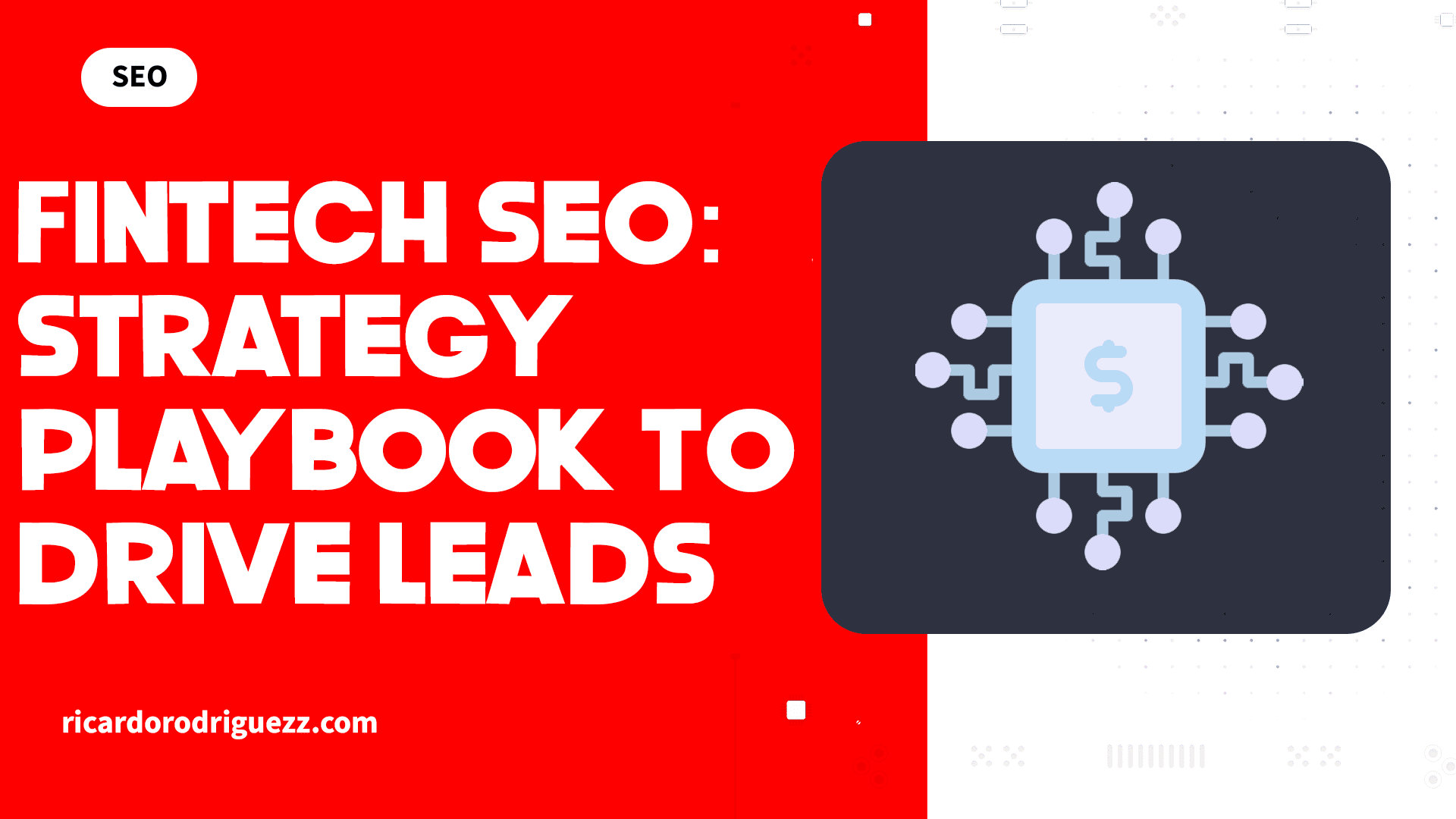The digital landscape is shifting, and with it, the way we approach search engine optimization (SEO) is evolving. Traditional search engines like Google have long dominated the market, but a new player has emerged: AI search engines. These generative AI models, think ChatGPT, Perplexity, and Claude are transforming how people search for information, favoring conversational queries and dynamic, in-depth responses over static keyword-driven results.
I’ll break down the exact steps you need to take to rank in AI search engines, blending traditional SEO tactics with strategies tailored to this new frontier, often called Generative Engine Optimization (GEO). Let’s dive in and explore how you can adapt to this change and secure your spot in the future of search engine AI.
Why AI Search Engines Matter
Before we get into the how-to, let’s understand why this matters. Traditional SEO isn’t dead, far from it but it’s no longer the whole game. The rise of AI search engines is driven by their ability to process natural language, answer specific queries, and deliver accurate responses to complex information. According to recent estimates, generative AI chatbots like ChatGPT hold about 16.45% of the overall search engine market share. That’s a significant chunk, especially when you consider that traditional search engines like Google are seeing a decline in dominance. Meanwhile, AI models like ChatGPT boast an 8% quarterly growth rate, and others like Claude are growing even faster at 14%.

This shift isn’t just a passing trend, it’s a fundamental change in how people discover information online. Users are turning to AI search engines for their dynamic capabilities, especially when seeking up-to-date information or answers to long, detailed questions that Google’s static search results struggle to address. For businesses and content creators, this means adapting your strategy to ensure visibility across all search engines, not just the traditional ones. So, how do you optimize for search engine AI and rank in AI search engines? Here are the five key steps.
Step 1: Master Traditional SEO Basics with an AI Twist
The foundation of ranking in any search engine, AI or otherwise, starts with solid SEO practices. However, when targeting AI search engines, you need to tweak these basics to align with how AI models interpret and prioritize content.
Keyword Research for AI Queries
Keyword research remains critical, but the focus shifts when optimizing for AI search engines. Users of AI tools like ChatGPT or Perplexity often ask conversational, long-tail questions rather than short, broad keywords. For example, instead of searching “best office chairs,” they might ask, “What office chairs are good for improving posture?” To rank in AI search engines, your content must target these specific queries.
Use tools like Answer the Public or Google’s “People Also Ask” to uncover common questions in your niche. Incorporate keywords naturally into your content, but also prioritize long-tail phrases that reflect real user intent. Ensure these keywords have enough search volume to justify creating content around them, balancing relevance with opportunity.
High-Quality, In-Depth Content
AI search engines love content that goes deep. Unlike traditional search results that might favor concise snippets, AI models prioritize comprehensive, well-researched pieces that fully address a topic. When writing content don’t just list steps, explain why they work, provide examples, and offer actionable insights. This depth enhances your content’s quality and relevance, making it more likely to be surfaced by AI chatbots and even in Google AI Overviews.
Keep your content fresh too. Up-to-date information is a priority for AI systems, especially in fast-moving fields like technology. Regularly update your posts to reflect the latest trends and data, signaling to AI crawlers that your site is a reliable source.
On-Page and Technical SEO
On-page elements like titles, meta descriptions, and headers still matter. Optimize these with your target keywords, while keeping them natural and reader-friendly. Avoid overstuffing, as AI models can detect unnatural language and may penalize it.
Technical SEO is equally vital. Ensure your site is mobile-friendly, loads quickly (think speed), and uses HTTPS for security. A key technical tweak for AI search is implementing schema markup. This structured data provides context to AI crawlers, helping them understand what your content is about. For example, article schema can clarify that a page is a blog post, while FAQ schema can highlight question-answer pairs perfect for AI overviews that pull featured snippets.
Step 2: Set Up AI Crawler Access via Bing
Here’s a game-changer: many AI search engines, including ChatGPT, pull data from Bing. To rank in AI search engines, optimizing for Bing is non-negotiable. This step ensures your content is accessible to AI crawlers and indexed properly.
Bing Webmaster Tools Setup

Start by signing up for Bing Webmaster Tools. Verify your site ownership and upload your sitemaps. This process mirrors Google Search Console but targets Bing’s ecosystem, which feeds data to AI models. By submitting your sitemaps, you ensure Bing and by extension, AI search engines, can crawl and index your pages effectively.
For example, a client site I optimized for “where can I get a starlight headliner installed in my car in the Jacksonville area” ranked number one on AI search results after proper Bing setup. Google struggled to provide a generative response for this query, but AI tools pulled the site directly from Bing’s index, showcasing its power for local, specific searches.

Robots.txt Configuration
Check your robots.txt file to ensure it doesn’t block AI crawlers. Some sites unintentionally disallow crawling by bots like ChatGPT-User or Bingbot, which can tank your visibility in AI search engines. Update your robots.txt to allow access, like this:

This simple tweak opens the door for AI systems to collect information from your site, boosting your chances of ranking.
Local SEO with Bing Places
If your business has a physical location, optimize for local SEO on Bing. Set up a Bing Places for Business profile (similar to Google Business Profile) to enhance visibility for location-specific queries. This is especially effective for AI search results that pull maps or local data, ensuring you stay ahead in localized searches.
Step 3: Boost Authority with Backlinks and Structured Data
Authority is king in both traditional and AI search engines. To stand out, focus on building a strong backlink profile and leveraging structured data.
Strategic Backlink Campaigns
Backlinks from high-authority, relevant websites signal trustworthiness to search engines and AI models alike. They also increase brand mentions, a key factor in AI search rankings. Take Herman Miller as an example: their ergonomic chairs dominate AI chatbots like Claude for queries like “What office chairs are good for improving posture?” Why? A robust PR campaign earned them links from high-authority sites using optimized anchor text like “Herman Miller ergonomics.”

To replicate this, target guest posts, product reviews, or collaborations with reputable sites in your niche. Use anchor text that includes keywords to provide context. This not only boosts traditional SEO but also elevates your search engine AI visibility.
Structured Data for Context
Schema markup is your secret weapon for AI search engines. This HTML code clarifies your content’s purpose, making it easier for AI crawlers to interpret. Use article schema for blog posts, local business schema for location-based sites, or FAQ schema for Q&A pages. For instance, adding FAQ schema to a page about AI features can help AI overviews extract and display your content directly in responses.
The more context you provide, the better AI models can present your information, enhancing your relevance and authority.
Step 4: Analyze Data and Iterate
Optimization isn’t a one-and-done deal—it’s an ongoing process. Use data to refine your strategy and stay ahead in AI search engines.
Tracking Performance
Tools like Google Analytics, Bing Webmaster Tools, and Google Search Console are your best friends. In Google Analytics, check referral traffic from AI models to see which pages are being surfaced. For example, if a page about video content gets referrals from ChatGPT, analyze why—does it answer a specific query? Does it have strong links?
Bing Webmaster Tools offers insights into your site’s performance on Bing, indirectly impacting AI search visibility. Look at traffic, crawl errors, and indexed pages to identify gaps.
Adjusting Your Strategy
Use these insights to iterate. If certain content types (like long-form articles or videos) perform well, double down on them. If pages with specific schema markup see more referrals, apply it site-wide. The goal is to reverse-engineer success and scale it, ensuring your site ranks consistently in AI search engines.
Step 5: Consistency and E-A-T Principles
Finally, long-term success in AI search engines hinges on consistency and adhering to E-A-T: Expertise, Authoritativeness, and Trustworthiness.
Regular Content Updates
AI models prioritize fresh content. Regularly update your pages with new data, trends, or insights—especially for topics like AI tools or generative AI, where change is constant. Frequently published, up-to-date information keeps your site at the top of AI crawlers’ priority list.
Building E-A-T
- Expertise: Write well-researched content citing credible sources. For example, this guide pulls from real-world examples and data to explain how to rank in AI search engines.
- Authoritativeness: Earn backlinks and brand mentions from trusted websites.
- Trustworthiness: Secure your site with HTTPS, provide accurate info, and maintain a professional online presence.
By embodying E-A-T, you build a foundation that AI search engines and users alike can trust.
Conclusion
The rise of AI search engines isn’t a threat to SEO—it’s an opportunity to expand your reach. By blending traditional tactics with GEO strategies, you can rank in AI search engines and capture a growing market segment. Here’s a recap:
- Master SEO basics with a focus on conversational keywords and quality content.
- Set up AI crawler access via Bing Webmaster Tools and robots.txt.
- Boost authority with backlinks and structured data.
- Analyze data to refine your approach.
- Stay consistent and uphold E-A-T principles.
Ready to take action? Start optimizing today to secure your place in the future of search. For personalized insights, get a free SEO video audit via the link below. Work with the best freelance SEO consultant and let’s get your site ranking in AI search engines!







